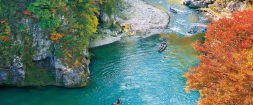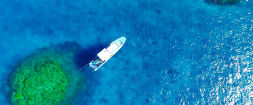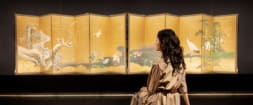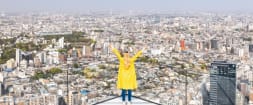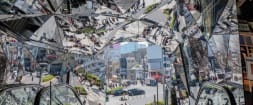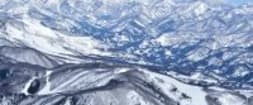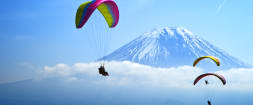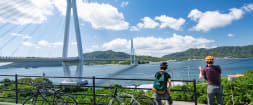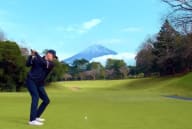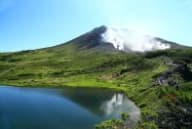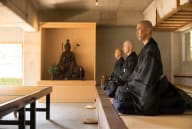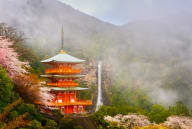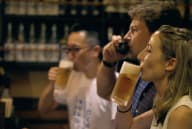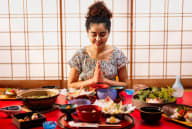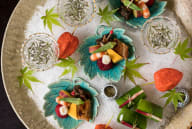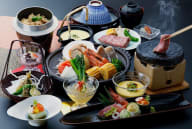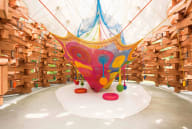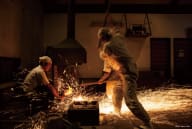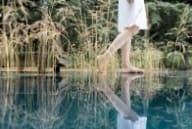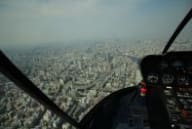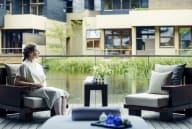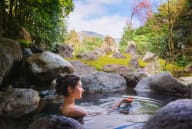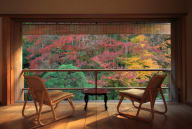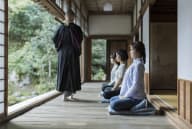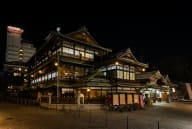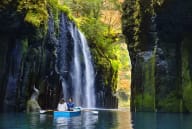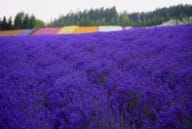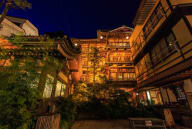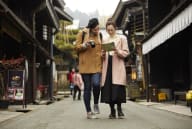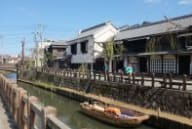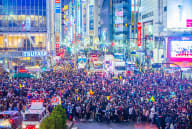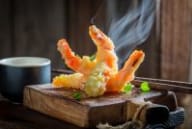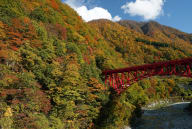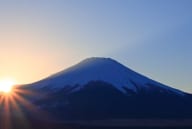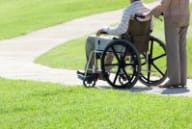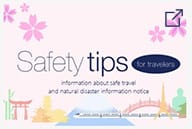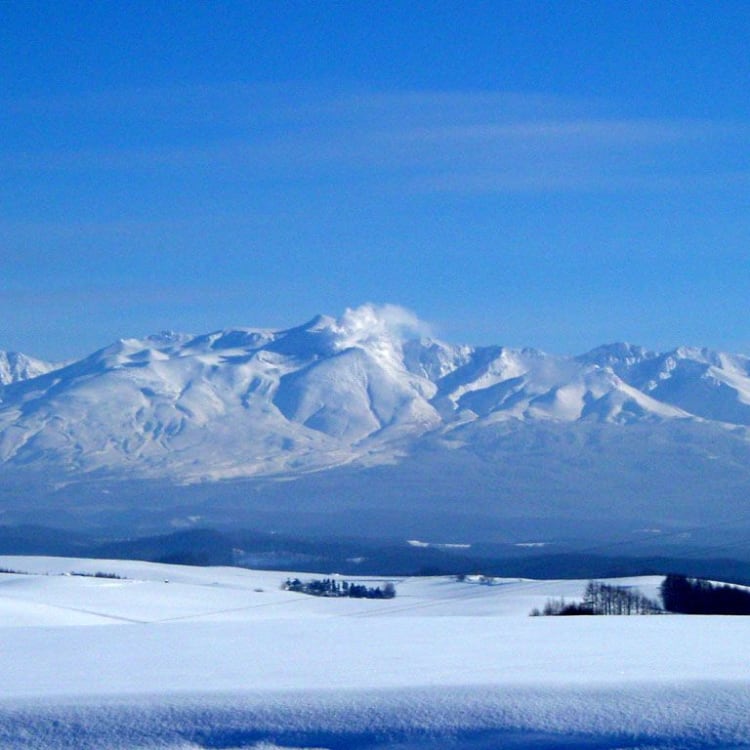
STORY Onsen Heaven in the Vast north! An Autumn Guide to Hokkaido’s Hot Springs and Activities by JNTO on 03 October 2019
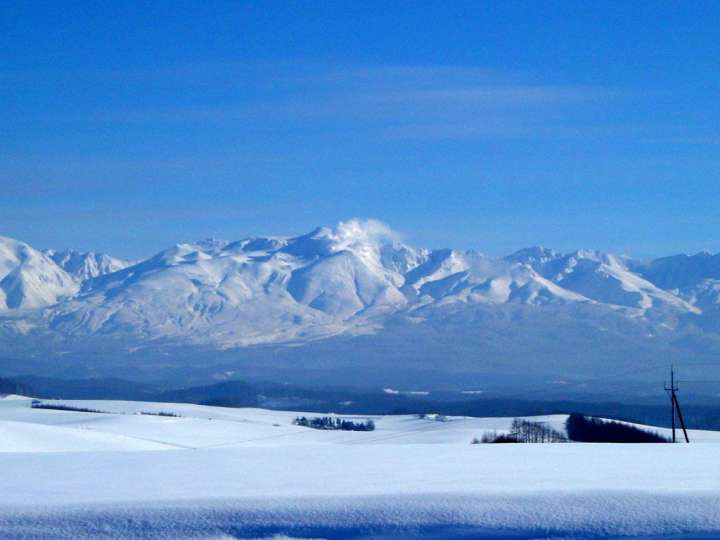
The first thought that comes to mind when one thinks of Hokkaido will undoubtedly be “winter”. Many visitors, especially those from the tropics, flock to experience its snowy landscapes and winter festivals.
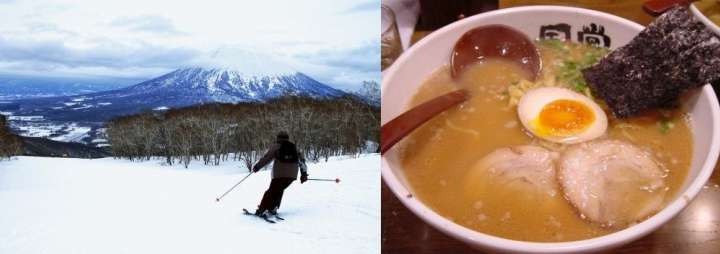
Of course, Hokkaido has much more to offer all year round – Niseko’s ski resorts are a must-visit, but Furano’s lavender fields and Hakodate’s night view are also a common staple on travel itineraries in other seasons. Hokkaido also happens to be home to many onsen (hot springs) towns; there are over a hundred onsen towns within Hokkaido alone!
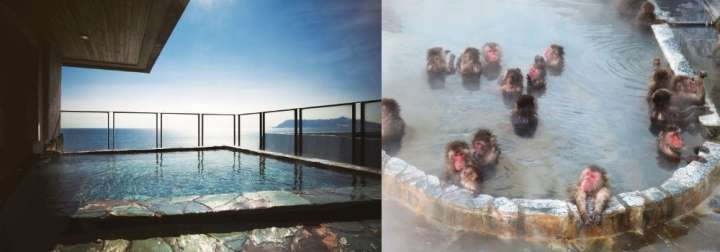
With autumn in full swing, the crimson foliage is sure to be a priority for travellers. Here are four onsen towns in Hokkaido to help you narrow down the search. You can getyour fill of the autumn colours, and let the hot springs wash your fatigue away.
Lake Akan Onsen
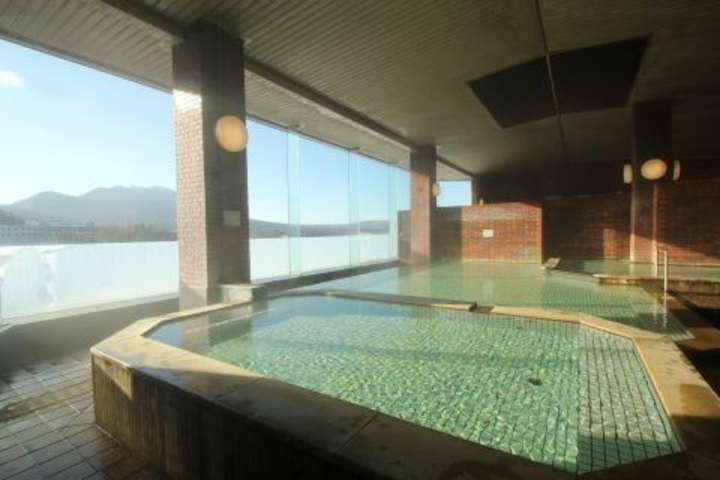
Akanko Onsen, or Lake Akan Onsen, can be found next to its namesake – Lake Akan. The lake is part of the Akan Mashu National Park in eastern Hokkaido.

While in town, explore the vast lake by taking a ride out on the Lake Akan Sightseeing Cruise. The cruise ferries you across the length of the lake, ensuring you have ample time to appreciate the foliage from all angles. While certain parts of Lake Akan are accessible with a quick hike, the cruise covers parts of the lakeshore which cannot be reached by foot.
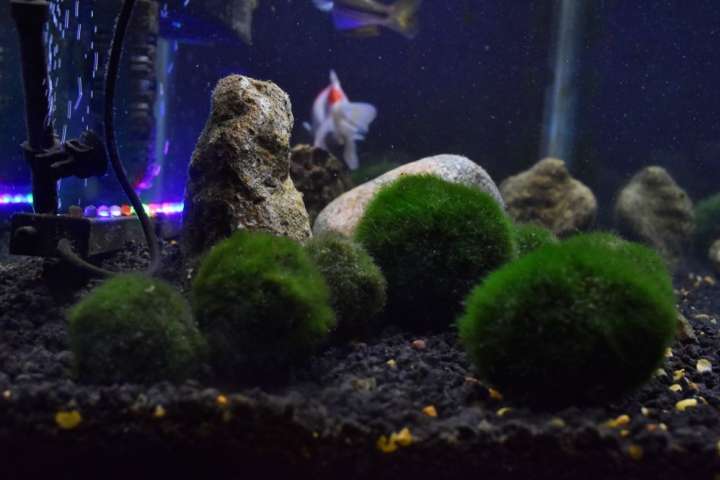
Lake Akan is known for its marimo, a rare species of algae that takes the appearance of furry green balls. If left undisturbed for hundreds of years, a marimo can grow as large as a basketball. The sightseeing cruise includes a trip to “the Marimo Exhibition and Observation Centre”, which can be found on one of the lake’s islands, the Churui Island, you will be able to see the marimo up close, and learn about how this natural phenomenon occurs.
For a rich cultural experience, take a stroll through Ainu Kotan – a small village within Akan town which is home to about 120 Ainu people. Ainu is a population indigenous to the Hokkaido region who believe that every part of nature, such as mountains or animals, houses a spirit inside. Browse through the traditional Ainu handicrafts which you can get as souvenirs, or get a glimpse into how the Ainu are intricately intertwined with nature through year-round performances.
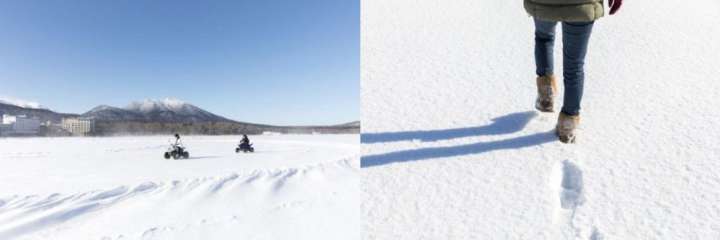
- Akanko Onsen
- Address: Akan, Kushiro, Hokkaido
- Access: From JR Nemuro Main Line Kushiro Station, two hours by bus
Lake Toya Onsen
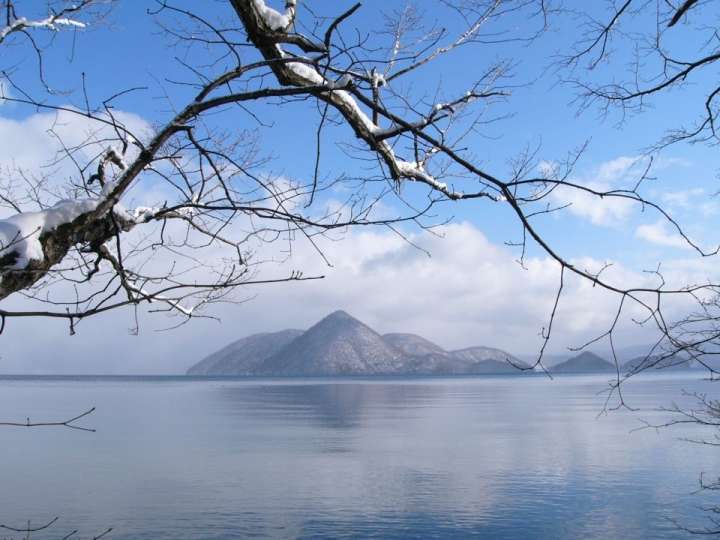
Sitting on a spot about halfway between Sapporo and northernmost point of Hakodate is Toyako Onsen, or Lake Toya Onsen. Lake Toya is a caldera lake – that is, a lake formed within a crater created by a volcanic eruption. The Group of Eight (G8) Summit 2008 was hosted here, and the lake and its surrounding mountains offer an isolated interlude from a city’s hustle and bustle.
Numerous onsen resorts and hotels line the lakeshore, overlooking its waters. Enjoy the view from the comfort of your room, or take in the scenery while soaking your feet at one of the foot baths in front of the hotels. You can even get a different angle of the scenery by hopping onto a cruise that will take you out to the centre of the lake.
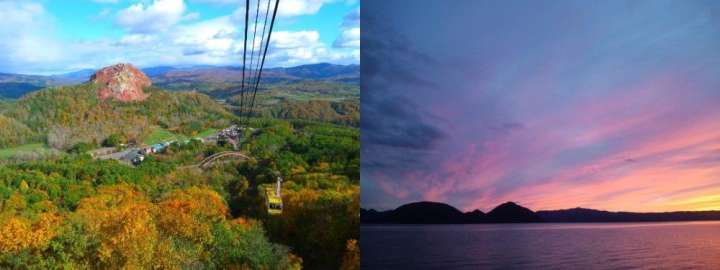
Those looking to stretch their legs a bit can take the Usuzan Ropeway up to nearby Mount Usu, which is an active volcano. Follow one of the walking trails and take in autumn colours at your own pace. The fresh air here is sure to revitalise your spirits.
Looking for that perfect snapshot? Make a stop at Silo Observatory for a panoramic view of the entire area. This vantage point offers a variety of workshops – try your hand at making soba, ice-cream, or even caramel! Those who want to appreciate Lake Toya from an even greater height can rent a helicopter for an unmatchable bird’s-eye view.
- Lake Toya Onsen
- Address: Toyako, Abuta, Hokkaido
- Access: From JR Muroran Main Line Toya Station, 20 minutes by bus
Noboribetsu Onsen
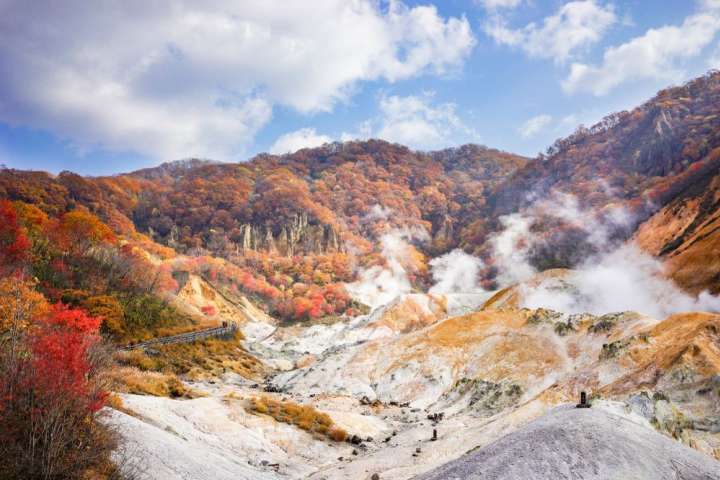
Conveniently located about a 90-minute bus ride from Sapporo is Noboribetsu Onsen. Its name comes from the word “nupur-pet(the meaning is white and cloudy river, or dark river)”, which is Ainu in origin.
The hot springs in Noboribetsu draw their spring waters from the nearby Jigokudani (Hell Valley), which is a crater created by volcanic activities in the area. The steam vents and bubbling pools of mud create an intimidating sight that led to the area being dubbed as the “place where demons live”, hence the derivation of the name. Jigokudani features many motifs that play upon this name, and you will be sure to find many statues and figurines of oni (demons) around.
Further down from Jigokudani is Oyunuma, a large sulphurous pond with piping hot waters. It diverges into a river which flows through the forest, with steam wafting gently off the water surface as it dissipates into the woods. Visitors can stretch their legs in the river and let the peaceful tranquillity of the surrounding nature infuse their senses.
One will surely get hungry after all the sightseeing, so look out for some of the onsen tamago – eggs that are boiled in the onsen waters. Those who have tried onsen tamago elsewhere may expect the egg shells to have turned pitch black due to the sulphur in the onsen water while the colour of the shell of onsen tamago here remain largely unchanged. These eggs taste no less delicious with the egg yolk just on the right side of moist and chewy.
And good news for the hot spring egg lovers and those who would like to try them, there is a natural hot water pool named “egg hot water” in the middle of the hellish promenade. Here, you can cook as many hot spring eggs as you like!
- Noboribetsu Onsen
- Address: Noboribetsu Onsen, Noboribetsu, Hokkaido
- Access: From JR Muroran Main Line Noboribetsu Station, 15 minutes by bus
Jozankei Onsen
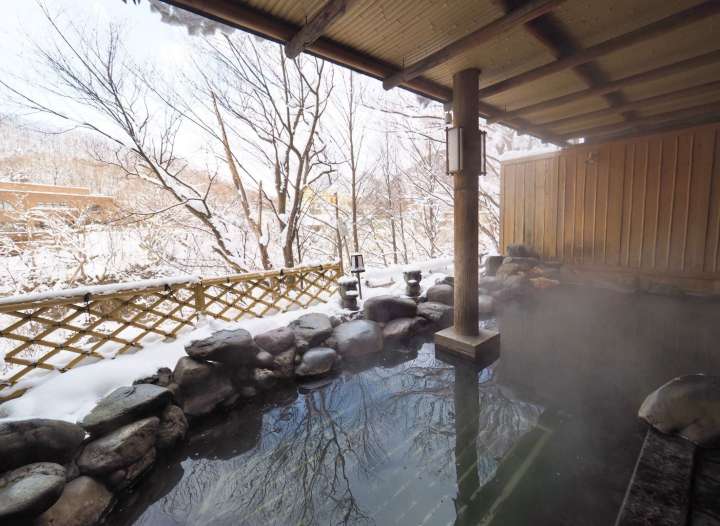
Just an hour bus ride away from Sapporo, Jozankei Onsen is an easily accessible first stop outside the city centre for those travelling out. While the town may project a somewhat unassuming first impression, you will be surprised at the variety of activities that you can indulge in.
For those looking for a simple day trip, take a stroll around this small and cosy onsen neighbourhood, and rest your feet at the free foot baths conveniently interspersed around the town. The roads here are flat and paved, making it a comfortable walk for all ages. Try to spot the kappa statues on the streets – the kappa, a creature from Japanese folklore, was named the town’s mascot because of its appearance in Jozankei’s local legends.
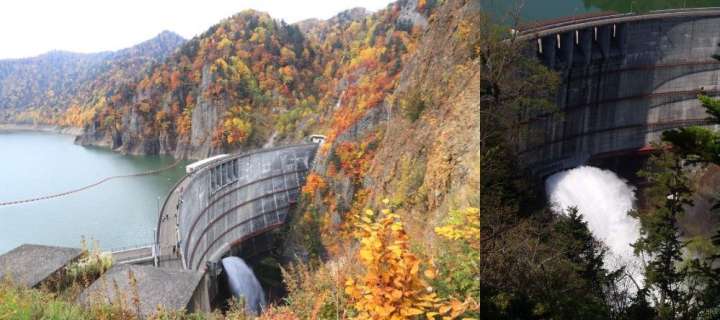
If you fancy a more scenic getaway, the Hoheikyo Dam is perfect for you. This is a popular spot in autumn, when the reservoir’s jade blue hues contrast beautifully with the surrounding garnet tones. The landscape reflects off the water surface, creating an almost mirror-image on quiet days.
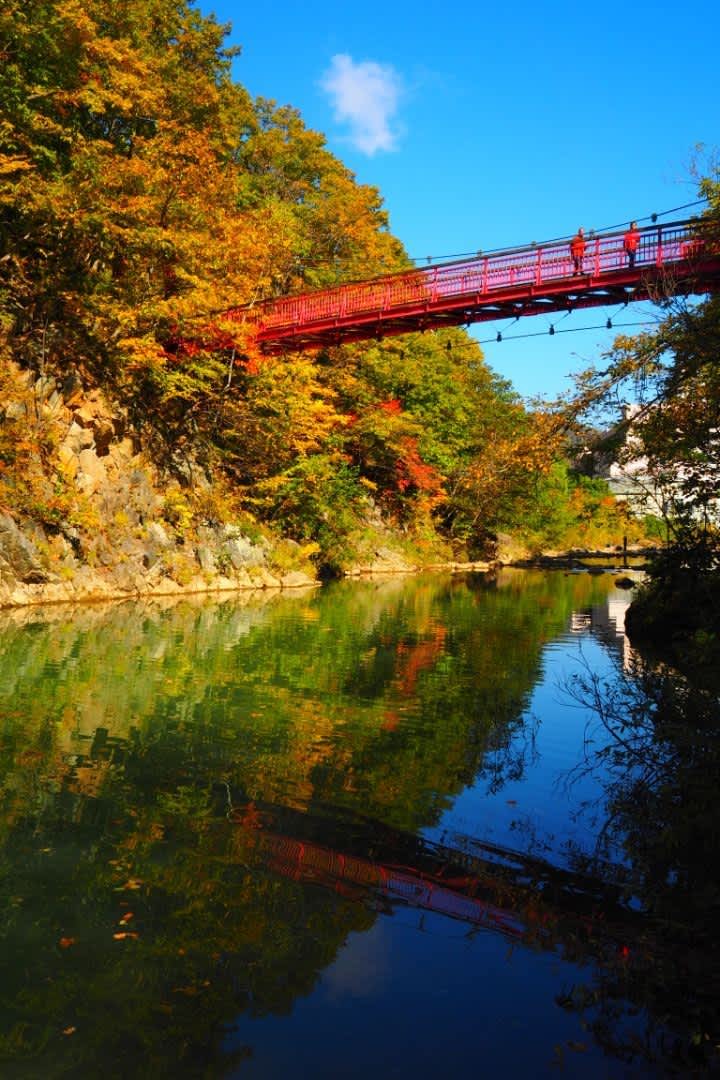
If you find yourself a little too late for autumn, make the best out of it by taking advantage of the winter season and head over to the Jozankei Kogen Sapporo Kokusai Ski Resort. This resort operates through November to early May, and features seven different courses that cater to all ability levels, as well as a snow town area “Yukki no Yuki Asobi Hiroba” for children. Play in the fresh, powdered snow with your loved ones and create an unforgettable memory for years to come.
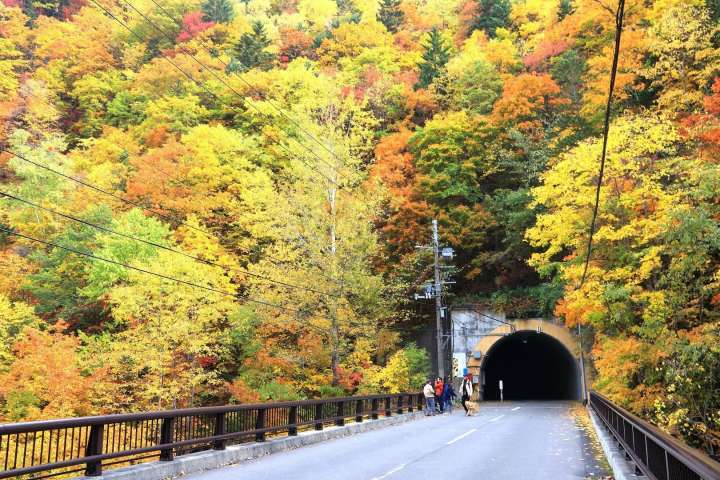
- Jozankei Onsen
- Address: Jozankei Onsen, Minami, Sapporo, Hokkaido
- Access: From JR Hakodate Main Line Sapporo Station, 1 hour and 15 minutes by bus, or 1 hour by Jozankei Onsen kappa liner
The prospect of traveling in Hokkaido may seem daunting at first, as many may think it a must to drive. However, this is not so – many of its best locations are surprisingly within reach by train and bus.
This treasure trove to the vast north boasts a dizzying array of places, each boasting their own individual charms. Every new location brings a prospect of new discovery, be it another face of Mother Nature, or a glimpse at age-old history. And at the end of another enlightening experience, let the hot springs lift the day’s weariness off your shoulders, so you may be ready for the next to come.











